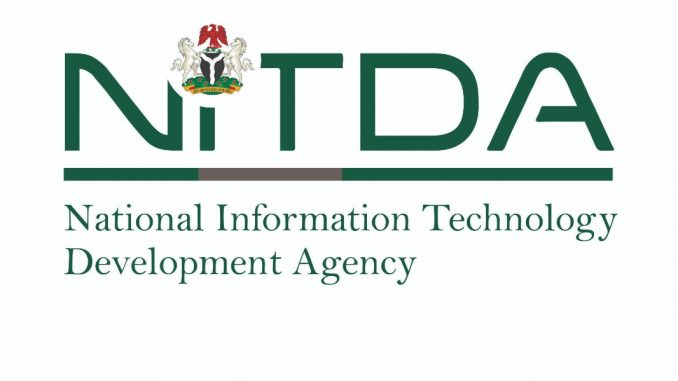More facts have emerged on why Nigeria may not meet up with the quality of internet services needed to drive big data, robotic revolution and internet of things as there seems to be strong lull in the volume of industry players’ investment in strategic infrastructures.
This deduction is made from the reported level of base stations and even colocation infrastructures in the country as at December 2018 as presented by the industry regulator, the Nigerian Communications Commission (NCC).
Otherwise, whereas pundits say Nigeria is in need of well over 80,000 base transceiver masts to be able to provide the effective capacity that’s needed to deploy 4G going to 5G, what is on ground cannot do much even as level of investments by MNOs has dropped continued to drop since three years ago.
For instance, only about 52,160 base transceiver stations (BTS) and collocation towers have been deployed in Nigeria’s telecommunications sector since the revolution started over a decade ago and rather than a rising trajectory, statistics show descending or snail-speed trend in investments in recent times.
Otherwise, as at December, 2018 the total base stations owned by mobile telecoms operating companies increased to 30,637 from 30,598 in December, 2017 across all states of the federation.
Whereas the figure represents only an increase of 6.02 per cent from the previous year, between the first five years of GSM revolution, the percentage rise in infrastructure on a yearly basis surpassed 12%.
A review between last five to eight years and few years ago showed serious drop in speed of infrastructure deployments at a time it should be higher due to rising innovations and jumping need for data services.
As at December, 2018 MTN owned the highest number of base stations standing at 14,715 base stations; with others owning Airtel- 7,966; Glo -7,244; Ntel -562; EMTS (9Mobile)- 148 and Smile- two base stations.
However, looking at geopolitical spread, latest NCC figures based on the 2018 Subscriber/Network Data Report, showed that top five states with highest number of base stations are Lagos- 4,764; Ogun- 1,931; Rivers- 1,676; FCT- 1,684 and Oyo-1,303; while the states with the least number of base stations are: Yobe-205; Zamfara-223; Gombe 286; Jigawa- 289; and Kebbi- 298.
On presence of BTS specifically for mobile services, the top five states with highest number of base stations are Lagos- 4,734; Ogun- 1,931; FCT- 1,675; Rivers- 1,671; and Oyo- 1,300 while the states with the least number of base stations are: Yobe-205; Zamfara- 223; Jigawa- 289; Kebbi- 298 and Sokoto-308.
Whereas analysts linked the low telecom infrastructures in parts of the north to the endless war on terrorism, experts say the scenario also has hands in the dwindling foreign investment and growth in the telecoms industry.
However, due to insecurity of BTS and other major equipments, MNOs seem to be outsmarting the danger by way of deploying other types of infrastructure, including microwave, which stood at 334,314km with 151 Gateways in use by the industry. Fiber optics deployment stood at 84,580.7km (73,157.7 terrestrial fiber and 11,423km submarine cable).
Besides, investigations showed that good drives by MNOs to fasten on-land fiber optics in km were further frustrated by hard-line posture of States’ governors in charges placed on Right of Way (RoW) in several states.
But in the eyes of the storm, a number of MNOs have gone far upon the harsh business environment in deploying fibre optics even as Infrastructure Companies (Infracos) licensed by the regulator are still playing a waiting game due to issues bordering on the same RoW, multiple taxation, insecurity and vandalism in all most every part of the country.
However, as at the end of 2018, leading telecom giant, MTN Nigeria boosts of about 13,727km; Glo- 13,255km; Airtel – 8,558km; EMTS (PMobile) – 4,650km and Ntel-180km.
Otherwise, a total of 40,370.3km of on-land fiber optics was deployed reflecting a decrease from 51,305km deployed reported for 2017.









